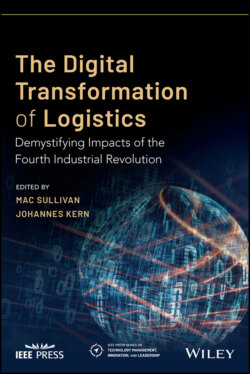Читать книгу The Digital Transformation of Logistics - Группа авторов - Страница 28
Navigating a Digital Transformation Budget Considerations for Technological Upgrades
ОглавлениеStruggling with where to start and how to keep their business afloat, talent‐strapped logistics companies must face the difficult discussion of where the money will come from to fund their digitalization journey. Logistics is a fixed cost heavy business in that there are many pass‐through costs, which are generally much higher than the final margin, and therefore there are inherent risks if things go wrong. Profit in the logistics industry is quite low compared with the sharing economy companies mentioned above. Even within the logistics industry, there is a large gap between the courier/express/parcel (CEP) companies who could have double‐digit EBIT margins compared with the logistics service providers whose profitability is usually between −1% and 8%(Tipping and Kauschke 2016). The necessity of logistics as it facilitates the movement of goods around the world and the inability for one company to control each step along that supply chain will ensure that logistics providers have a vital role for the foreseeable future. Logistics companies need to focus on projects that are within their control where they have the foundations in place, the budget to realistically invest, the talent to drive, and lastly, the permissions from shareholders to execute (see Figure 1.2).
Figure 1.2 Target digitalization projects.
Shipment coordination is necessary, and for a long time, it was a profitable business to buy space along the chain and resell it at a higher rate by offering an integrated seamless solution to the world's market. The ability to move goods efficiently in and out of international markets independent of the distance but dependent on the speed, quality, and price of coordination determines the value of logistics (Tseng et al. 2005). In other words, logistics companies are not going to get an injection of additional margin from their customers to facilitate this digital transformation; this will need to be a capital expense that will be recouped through either reducing payroll, which often means cutting high‐paid executive staff, or procuring from their suppliers at a lower rate.
